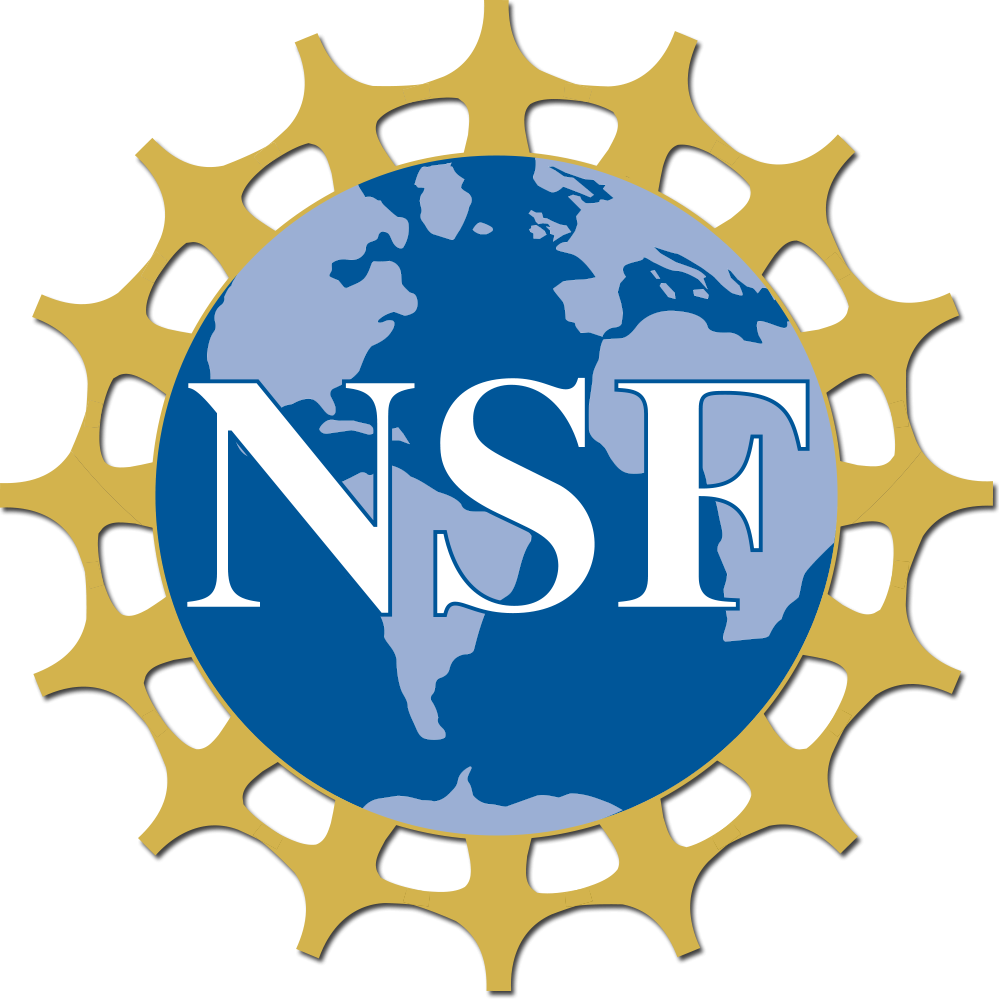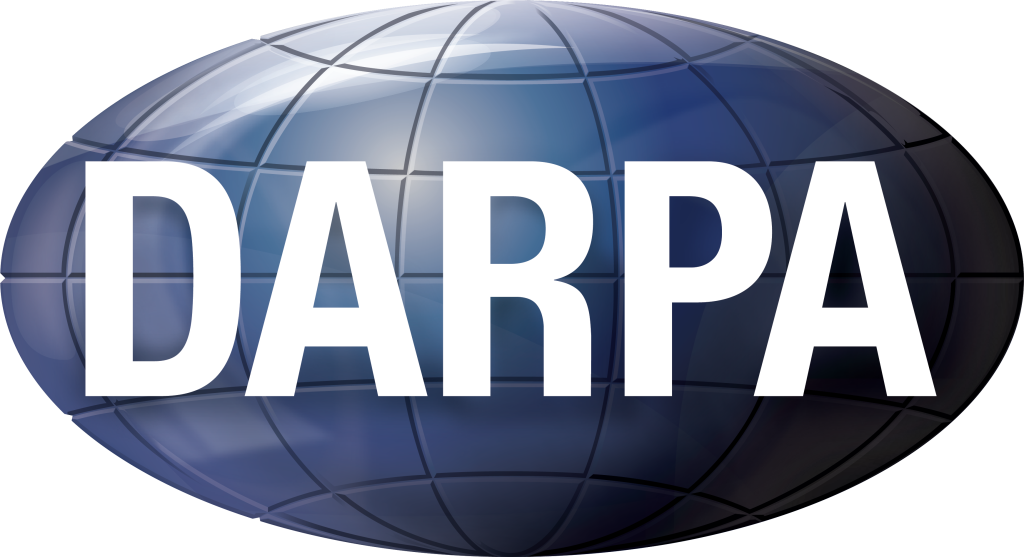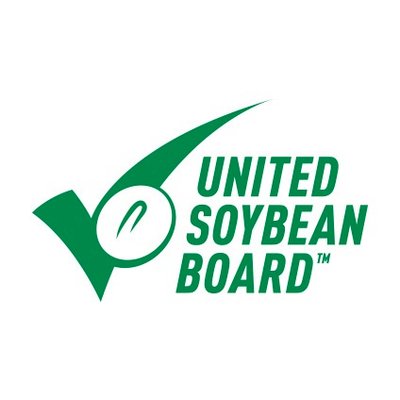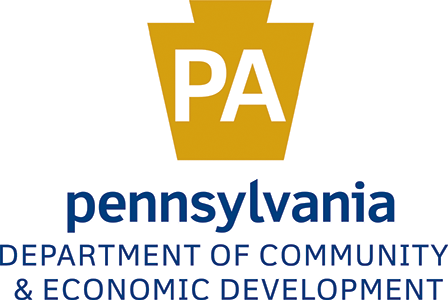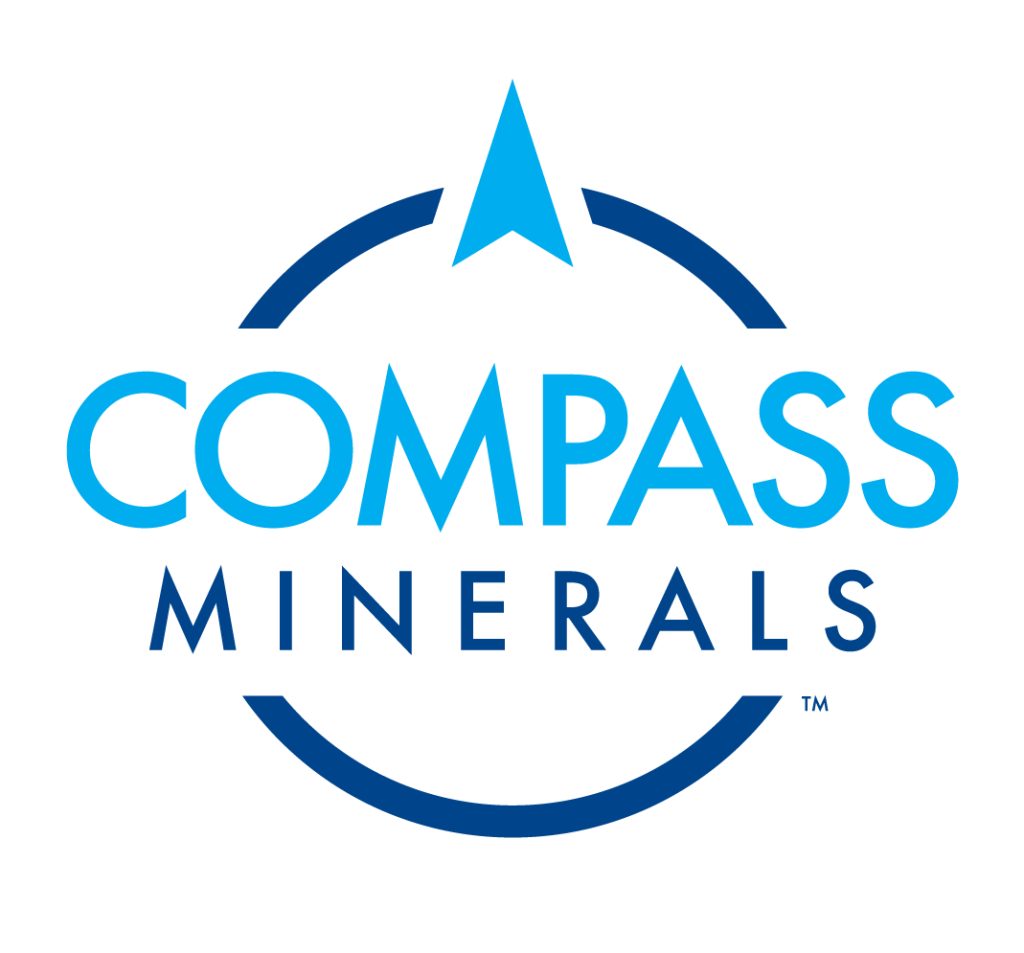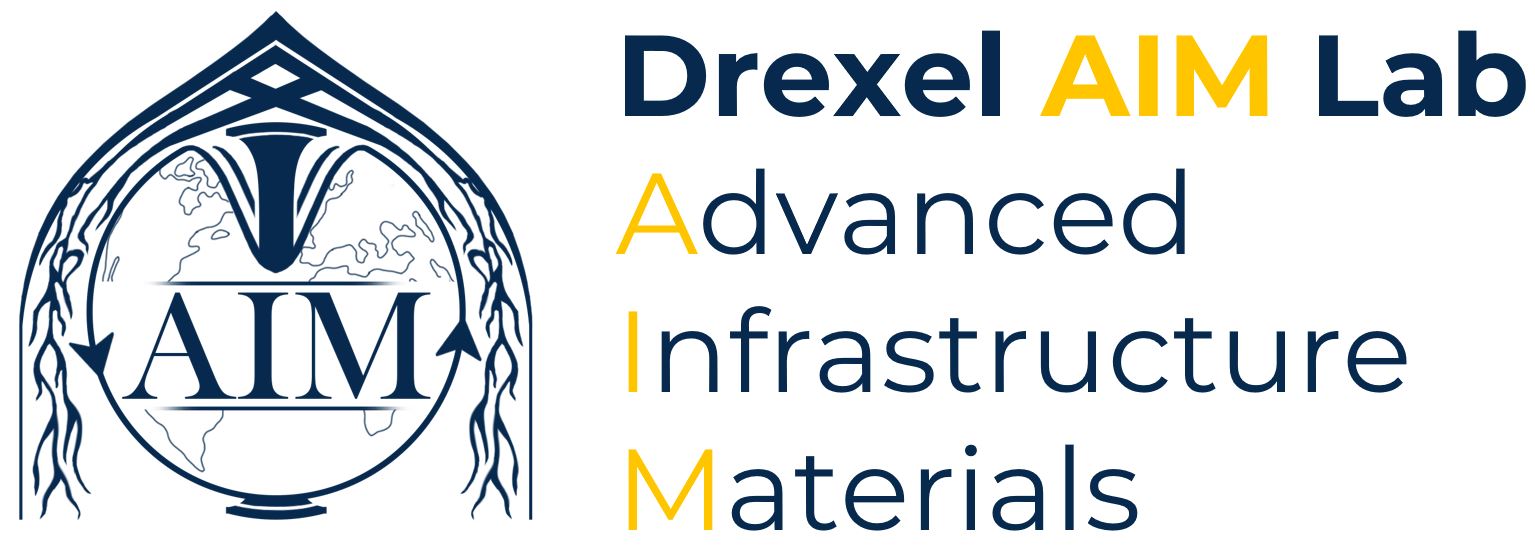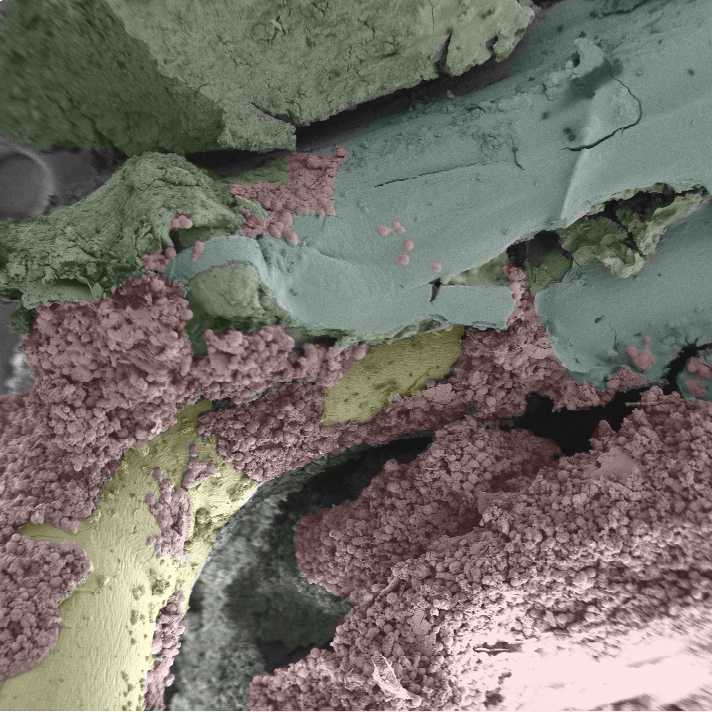
Bio-Inspired Multi-Functional Self-Healing Fiber
Development of bio-inspired polymeric fibers (BioFiber) to deliver bacterial self-healing agents (bio-agents) into cementitious materials.
Read More
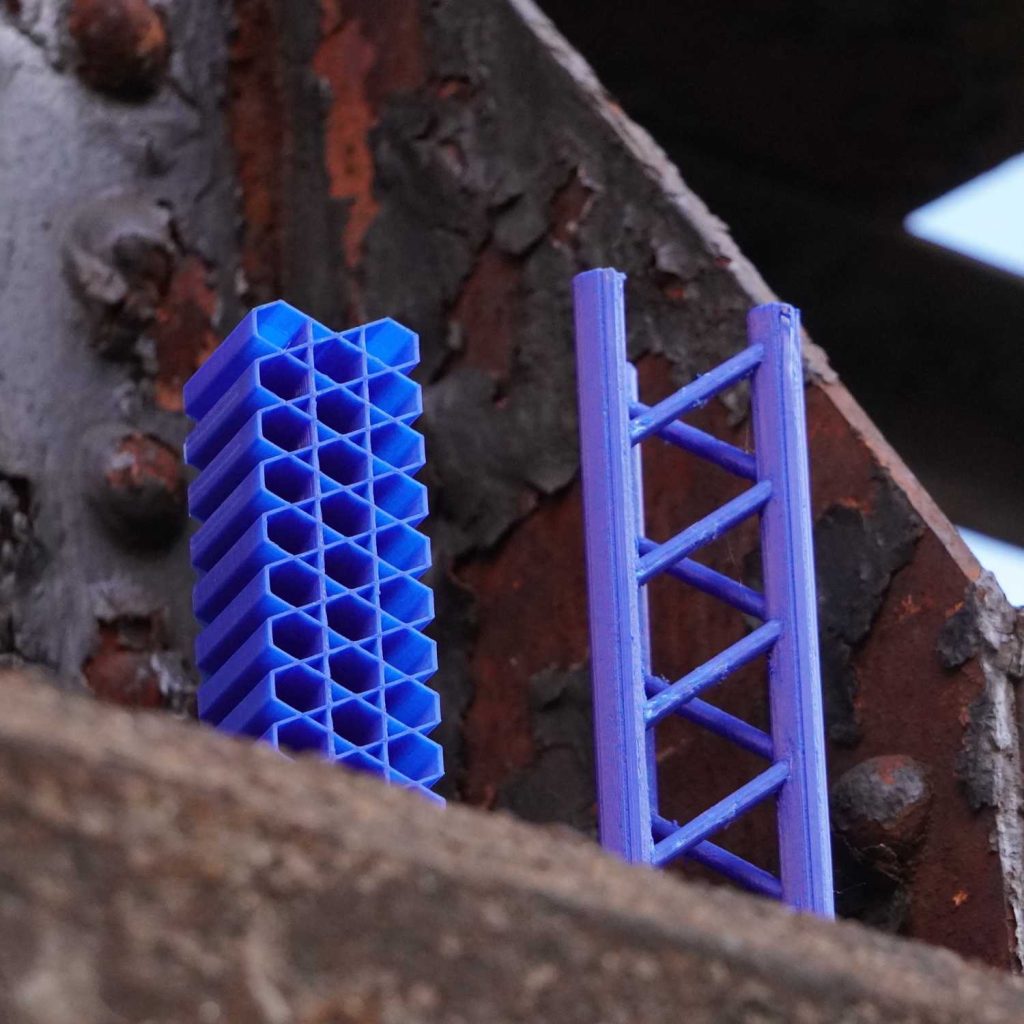
Nature-Inspired Architected Reinforcement
Nature-inspired 3D printing polymers for concrete mechanical performance enhancement.
Read More
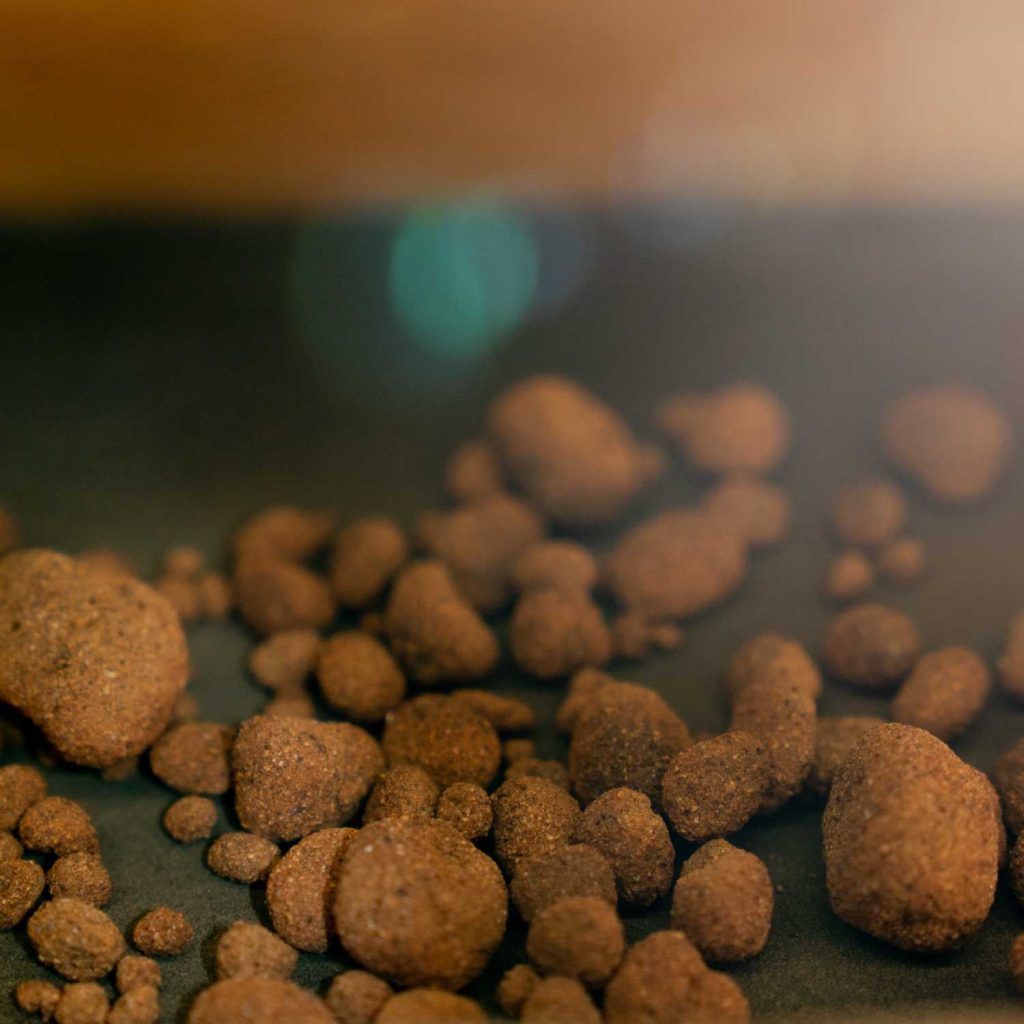
Solid Waste Conversion to Construction Materials
Manufacturing spherical porous reactive lightweight aggregate (SPoRA) by a sintering technique.
Read More
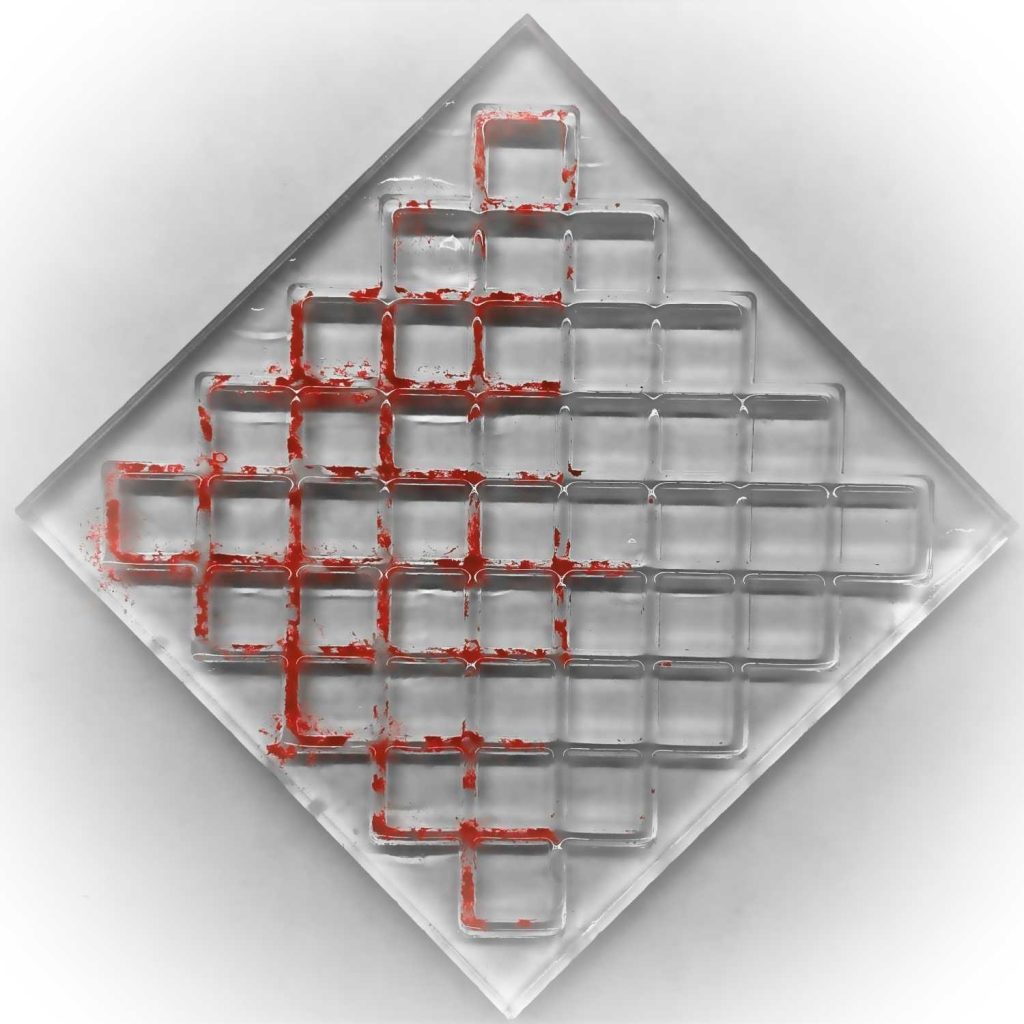
Vascular Self-Responsive Composites
Creation of vascular networks using advanced manufactured components to integrate self-responsive functionality in cementitious or polymeric composites.
Read More
Recent News
Sponsors
